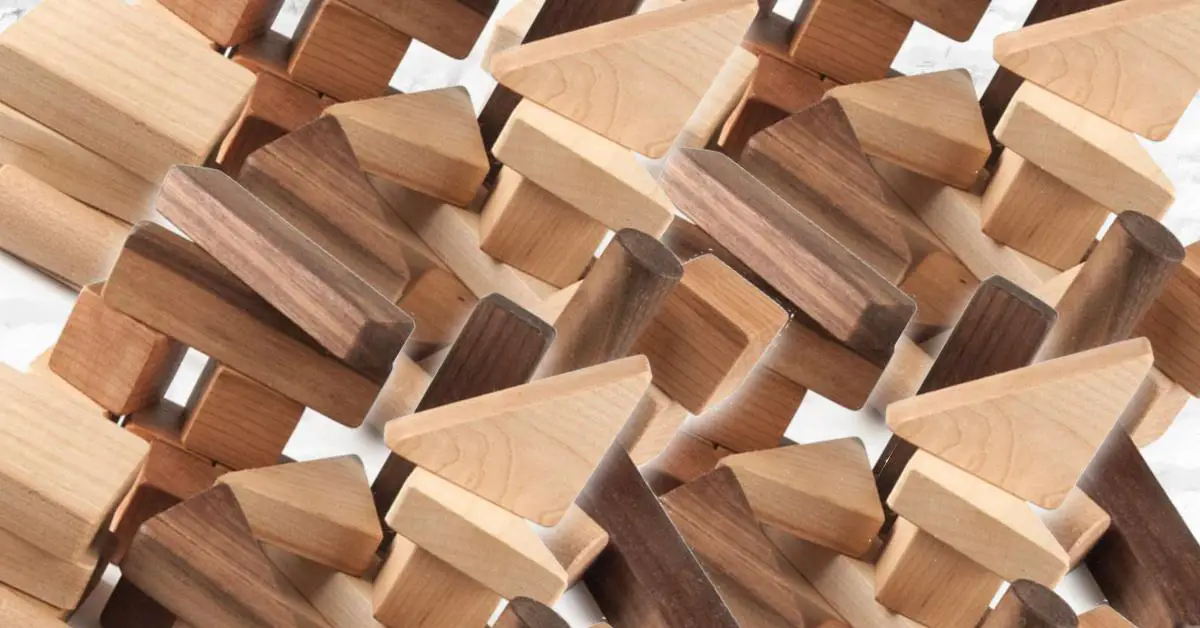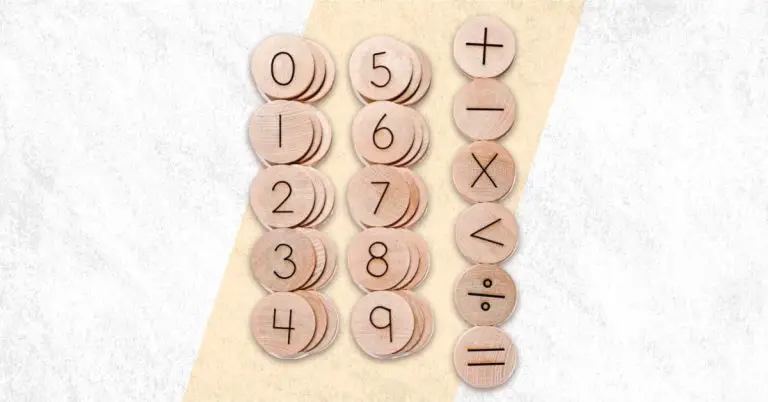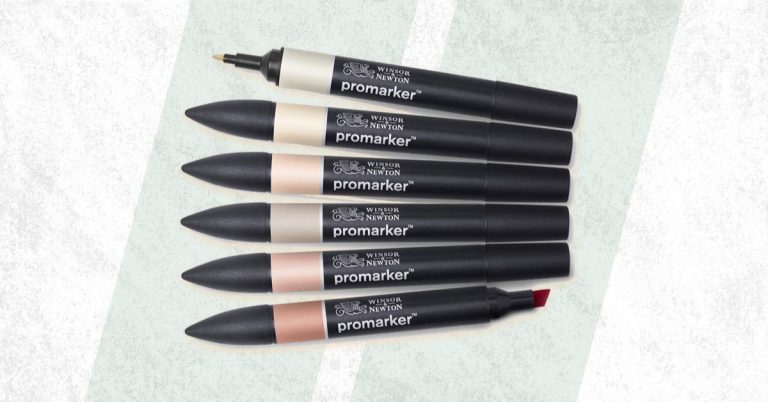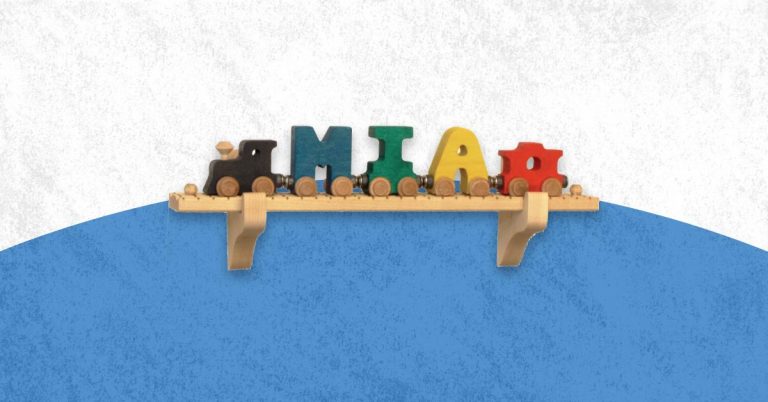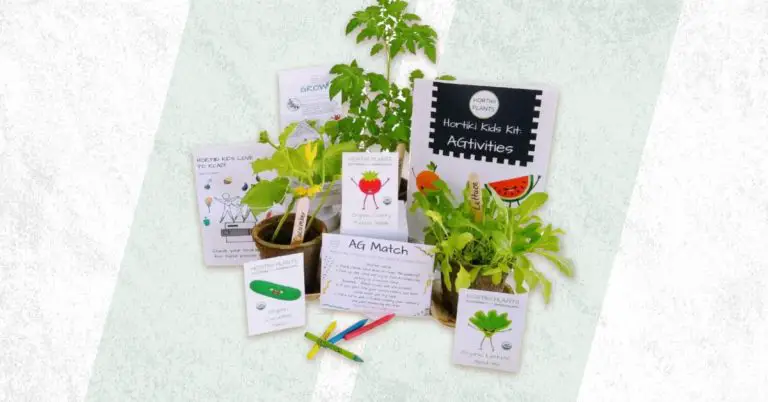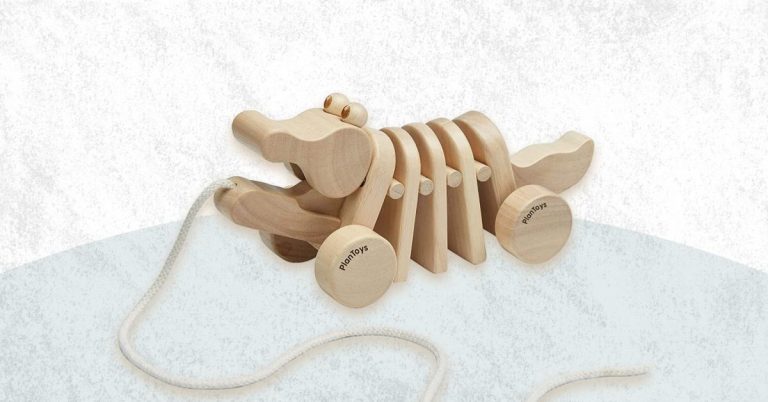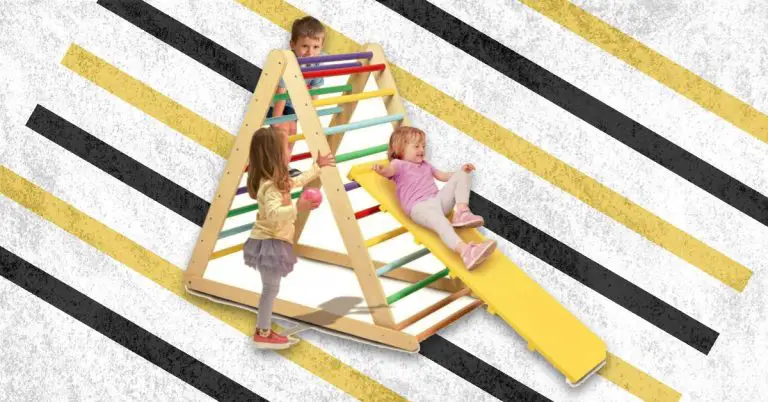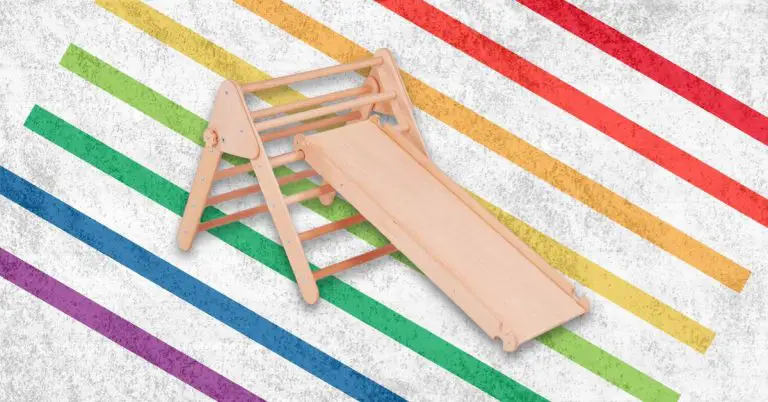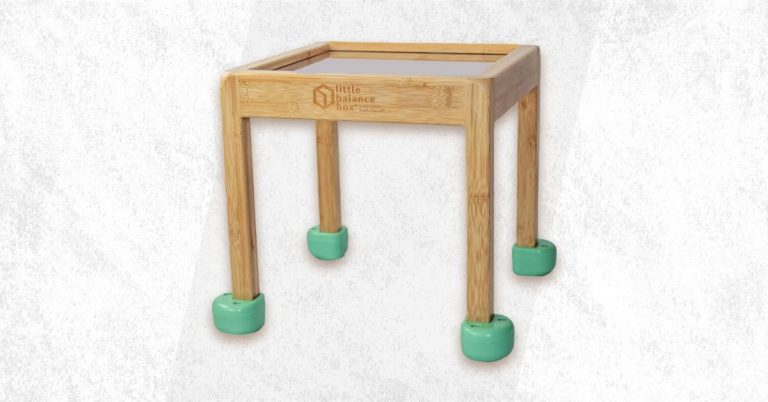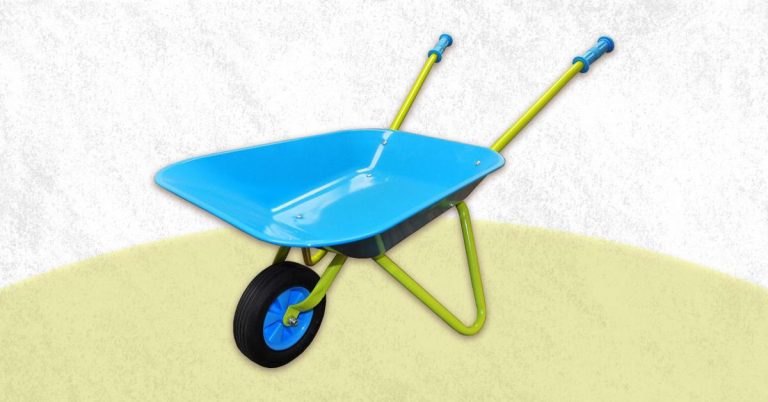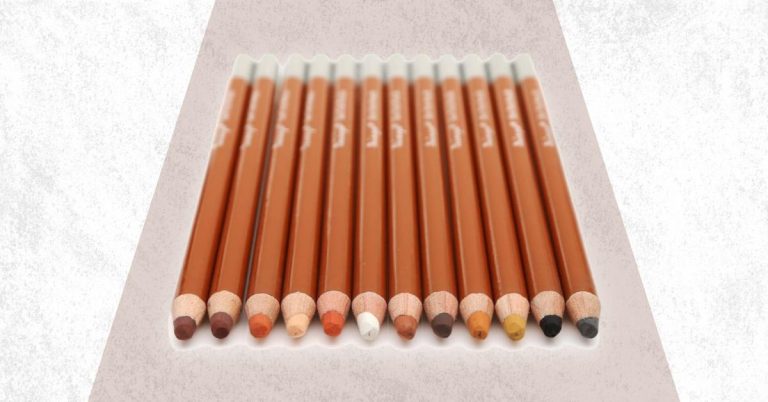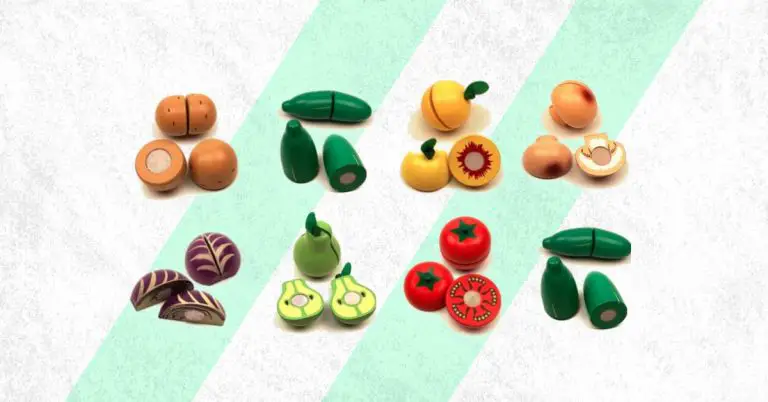It’s a simple question — with a not-so-simple answer. Children’s toys can be made from many of different kinds of wood — not just one kind.
- Maybe you’re a parent shopping for wooden toys — curious to know exactly what you’re kid is playing with.
- Maybe you’re a woodworker yourself — excited to start a new DIY wooden toy project.
Come along with me on a quick and informative “Wood For Wooden Toys 101” crash course!
By the end of this post, you’ll know a whole lot more than 99% of the population!
What wood are children’s toys made of? Which wood is best for making toys? How to pick out the right wood for your child’s next toy?
Let’s get chopping!
Affiliate Link Disclosure – If you see a product you like and click through to buy it, I would genuinely appreciate it. I may earn a small commission — at no extra cost to you. It would mean a lot, thanks!
Hardwood Vs. Softwood For Toys
Before we get into specific types of wood used for toys, let’s learn the basics. To make it simple, people say there are two main categories of wood: hardwood and softwood.
More accurately, each type of wood will fall somewhere along the spectrum — and the characteristics of hard wood or soft wood have implications for its use as a toy.
What’s The Difference?
- Hardwood is denser, more durable, and more difficult to cut — so most experts say hardwood makes better quality toys. It has more textures, patterns, and colors — therefore the wood (and toys made from the wood) are more expensive. Certain more exotic hardwoods maybe be difficult to find for purchase.
- Softwood is less dense, less durable, and easier to cut. Softwood works well for larger toys, but isn’t ideal for small toys. Small pieces are prone to crack or splinter — which wouldn’t be ideal for kids’ toys. Softwood is less expensive. It’s commonly mass-produced on tree farms and widely available for purchase.
Which Is Better For Kid’s Toys?
For a toy that’ll hold up to wear and tear — and last for generations — choose toys made from hardwood (or choose hardwood to make your toys).
But it’s not as black and white as you might think. Of course higher quality (hard) wood makes higher quality toys, but hardwood costs more — and hardwood toys do too.
Yes, woodworking experts know wood best. They’ve got many years experience working with different kinds of wood.
But I’d argue their standards for wood quality are higher than the average consumer (like you and me). For the rest of us — maybe we don’t need a toy made from top-shelf wood — especially not if it costs an arm and a leg.
For some people, the tradeoff is worth it — a less expensive toy made from less expensive wood.
My opinion? Just like the Tesla driver who looks down on the Prius — Softwood just can’t be as bad as they say!
Hardwood makes higher quality toys, but that doesn’t necessarily mean softwood toys are low quality.
What Wood Toy Companies Use
To gain clarity in the hardwood versus softwood debate, I did a little research and looked up seventeen of the world’s most well-known wooden toy brands — and what wood they use to make their toys.
Surprise, surprise! Most wooden toy company’s toys are made with hardwood — especially common are beech, birch, and rubberwood. A few brands’ toys are made with softwoods — in particular pine, cedar, and basswood.
Popular Toy Companies’ Wood Of Choice
- Bigjigs, known for their traditional wooden railway and puzzle toys, tends to use rubberwood. [1]
- BRIO is a brand that’s been making wooden toys for over 100 years, and they mostly use two types of wood — beech and sometimes pine. [2]
- DJECO, a respected French children’s toy brand since 1954, manufactures their toys from sustainable beech and birch wood. [3]
- Grapat, best known for their open-ended small parts toys, primarily uses sustainably-sourced beech or birch wood, too. [4]
- Grimm’s, perhaps the world’s most famous wooden toy brand uses all kinds of wood — alder, lime, beech, and maple — all sustainably sourced from Europe. [5]
- HABA, well-known for their kid’s toys for learning and early development, uses a variety of woods to manufacture their wooden toy, but beechwood is their main staple. [6]
- Hape’s line of educational wooden toys are mostly made from birch, maple, and rubberwood — and even a few from bamboo. [7]
- Janod, an affordable traditional wooden toys and games brand, uses sustainable beech and birch wood just like other brands we’ve seen. [8]
- Jenga, the unparalleled wooden tumbling tower family game, uses alder wood. [9]
- KidKraft, another affordable global toy brand uses cedarwood. [10]
- Le Toy Van’s imaginative and traditional wooden toys are all made from repurposed rubberwood trees. [11]
- Manhattan Toys’ trendy wood toys are made with sustainable rubberwood. [12]
- Melissa & Doug, one of the world’s biggest education toy brands, makes their wooden toys with pine — however, it’s rumored they use MDF (medium-density fiberboard, similar to plywood) — which if true, is not an especially safe wood for kids. [13]
- Plan Toys, best known for their eco-friendly image, manufactures their wooden toys from preservative-free rubberwood. [14]
- Tegu, the magical magnetic wooden blocks brand, uses hardwoods (but I couldn’t find which kind). [15]
- Tender Leaf Toys makes their creative wooden children’s toys using rubberwood too. [16]
- Uncle Goose, famous for their beautifully designed wooden blocks, makes their toys with American basswood. [17]
References: [1] [2] [3] [4] [5] [6] [7] [8] [9] [10] [11] [12] [13] [14] [15] [16] [17]
Here’s a simple summary table of popular toy brands’ wood types:
| Brand | Hard or Soft | Wood Type |
|---|---|---|
| Bigjigs | Hardwood | Rubberwood |
| BRIO | Both | Beech, sometimes pine |
| DJECO | Hardwood | Beech, birch |
| Grapat | Hardwood | Beech, birch |
| Grimm’s | Hardwood | Alder, lime, beech, maple |
| HABA | Hardwood | Beech, other |
| Hape | Hardwood | Birch, maple, rubberwood |
| Janod | Hardwood | Beech, birch |
| Jenga | Hardwood | Alder |
| KidKraft | Hardwood | Cedar |
| Le Toy Van | Hardwood | Rubberwood |
| Manhattan Toys | Hardwood | Rubberwood |
| Melissa & Doug | Softwood | Pine (MDF?) |
| Plan Toys | Hardwood | Rubberwood |
| Tegu | Hardwood | (Unknown?) |
| Tender Leaf Toys | Hardwood | Rubberwood |
| Uncle Goose | Softwood | Basswood |
Common Types Of Wood For Toys
Now that we understand the difference between hardwood and softwood, and know what type of wood popular wooden toy brands use — let’s take a closer look at the specific types of wood.
Here are the most common types of wood for children’s toys — and what characteristics of the wood make them good (or bad) for toy making.
Common Hardwoods Used For Toys
- Maple – One of the most highly-recommended woods for toy making. It’s super heavy and durable with fine grains that won’t easily splinter. It’s a hypoallergenic and food-safe wood — meaning it won’t harm your baby when it comes in contact with his or her mouth.
- Oak – Another great wood selection for making toys. Commonly used for furniture and wood crafts, it’s an extremely dense and strong wood that’s got a superpower for water resistance — ideal for handling baby slobber or for outdoor wooden toys.
- Beech – It’s no wonder so many wooden toy companies choose beech. It’s a cheap wood, durable, fine-grained (fewer splinters), has good bending resistance, and relatively easy to cut and shape.
- Walnut – Another hard and strong wood that’s not too heavy. But be warned, some people are highly allergic to walnuts (the nuts), so be careful with walnut wood products if your child has allergies or other sensitivities.
- Birch – A durable hardwood with excellent resistance to shock, warping, and splitting — which makes toys safer as a result. A lighter and not as expensive as maple, it’s a kind of like a more affordable alternative to maple.
- Rubberwood – A medium-density hardwood that grows in tropical areas — yes, from a rubber tree. Known as an “environmentally friendly” and sustainable wood, rubberwood is naturally preservative free and a safe wood for children. So it makes sense why so many toy companies choose rubberwood!
- Alder – A medium-density somewhat-soft hardwood known by woodworkers for its workability and versatility. Knowing Grimm’s uses alder for some of their toys makes sense, since they’re focused on beautifully-shaped wood.
Common Softwoods Used For Toys:
- Pine – A very soft wood that’s very easy to work with. But it warps and splinters easily too — so pine is a no-go for toys that will end up in your kid’s mouth. Stay away from pinewood if your child has a pine nut allergy.
- Cedar – People like cedar due to its reddish hue, but it splits easily like pine and other softwoods. And another drawback, cedar has a very mild level of toxicity, which is pretty much harmless in small doses, but why risk it?
- Basswood – Moderately soft, lightweight, and low density — basswood is especially popular for wood carving. Low sap content makes it good for painting. Maybe that’s why Uncle Goose chose basswood for their wooden building blocks.
Over to you!
Thanks for joining the Oddblocks “Wood For Wooden Toys 101” crash course!
I hope you found it quick and informative (as promised) — and have a much better idea what type of wood is best for your next children’s toy. Knowledge is power!
I’m always learning, and I do make mistakes. If I missed an important type of wood for making toys, or got some of my wood facts mixed up — please do let me know in the comments below!
